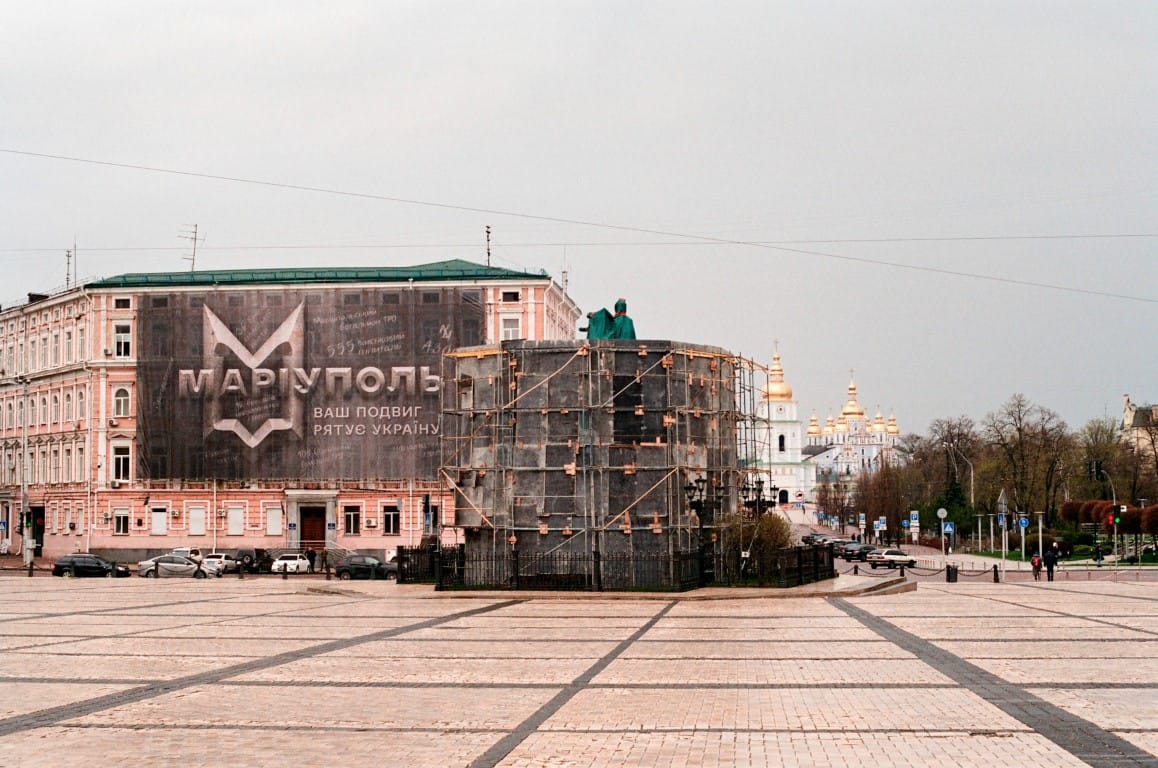Rescuing Art in the Midst of War & A Tale of Literature and Treachery
A journey filled with danger to preserve art and history. Also, is it a good idea to mix personal relationships with your art?

Featured Articles
Ukraine’s death-defying art rescuers
The Guardian • 30 July 2024 • ~6000 words
In the midst of war, Leonid Marushchak made it his life's mission to rescue Ukraine's cultural treasures from the brink of destruction. This article shares his incredible journey, filled with danger and determination, as he navigates the challenges of preserving art and history while the conflict rages on. It's a reminder of the lengths some will go to protect their heritage in the face of adversity.
A nation’s understanding of itself is built on intangible things: stories and music, poems and language, habits and traditions. But it is also held in its artworks and artefacts, fragile objects that human hands have made and treasured. Once lost or destroyed, they are gone for ever, along with the stores of knowledge they contain, and potential knowledge that future generations might harvest from them.
Four Friends, Two Marriages, One Affair — and a Shelf of Books Dissecting It
Vulture • 31 July 2024 • ~13000 words
This article from Vulture explores the intertwined lives of four writers who are navigating two marriages and one affair. The story unfolds through the lens of their literary ambitions and personal conflicts, raising questions about how relationships shape and are shaped by our narratives. Can using one's life as inspiration for art potentially damage real-world relationships?
Somewhere in the void between “Write what you know” and “Do no harm” sits a whole world of possibility. In this, too, everyone involved must find their own way.
Other Recommended Reading
The Girl Who Played Dead
Dallas Observer • 17 July 2024 • ~12500 words
In a gripping narrative, the Dallas Observer explores the haunting story of a young woman caught in the chaos of a violent drug scene in South Dallas. As she navigates her harrowing past, including a life-altering shooting and the complex relationships that ensue, this article sheds light on the struggles of survival and the quest for redemption. It's a challenging read that provides a vivid and harrowing account of the devastating impact of the crack cocaine epidemic on the youth of South Dallas in the late 1980s and early 1990s.
LaTonya walked me back to her early days, trying to explain why she ended up at Cleveland Street. She flashes back to childhood: She is on her knees, praying at her bedside that her mother will come home safe. That's because, when LaTonya was 5, her mama got hooked on drugs.
Can a church exist exclusively on the internet?
Rest of World • 31 July 2024 • ~4500 words
In a world where church services are increasingly moving online, one preacher in Kenya is at the forefront of a unique movement: preaching entirely through social media. This article explores how virtual preachers reshape spiritual connections for those who may not find solace in traditional congregations. It raises intriguing questions about the future of faith and community in our digital age. We also get a chance to learn more about the internal dynamics of Kenya and why this movement established a strong foothold there.
While many churches in Kenya and beyond now put services on the internet, the idea of a congregation that never gathers in person is a jarring break from the traditional practice of Christianity — and comes amid growing global concern about how many of our interpersonal relationships are moving online. Are virtual churches helping to reinvigorate religion’s role in society, or derail it?
He was a Catholic, then a rationalist, then a Protestant. Most of all, he exemplified the rise of Arab-Ottoman modernity
Aeon • 30 July 2024 • ~3300 words
Mikha’il Mishaqa's journey through 19th-century Arab society is a fascinating exploration of the tensions between secularism and religious identity. As he navigated his own path from skepticism to faith, Mishaqa found himself at the intersection of rational thought and religious revival, shaping a discourse that still resonates today. This piece delves into the complexities of his legacy and the enduring contradictions that define the region's cultural landscape.
One theme runs through these apparently disparate aspects of Mishaqa’s work and legacy: his insistence on ‘reason’. For him, this was the standard by which any belief should be justified – whether a scientific theory that could be tested by experiment, or a faith in divine revelation that surpassed human understanding.
Inside Out
The New Yorker • 27 July 2024 • ~3800 words
Porches have a unique charm, straddling the line between indoors and outdoors, and their history is surprisingly rich. This piece from The New Yorker explores how these spaces were once vital for health and comfort, especially during hot summers and pandemics. As the author reflects on personal memories and the changing role of porches, you'll find a blend of nostalgia and fascinating historical insights that make you think about the spaces we live in.
Porches are semi-magical spaces, intermediate between inside and outside.




